Endometriosis – Adenomyosis
Endometriosis is a chronic gynecological condition in which uterine lining cells are found outside the uterus (mostly in the abdomen and in other tissues and organs). As these cells are sensitive to hormonal changes, even when in the abdomen, they function in the same way as if they were in the uterus – they grow and bleed, which can cause chronic pains and scarring of the tissue. The causes of endometriosis are still unknown. There are many theories of their etiology, but commonly the most accepted theory is the one of retrograde menstruation – during the period, menstrual blood flows out and flows back through Fallopian tubes into the abdominal cavity.

It is believed that about 10-15% of all women between the ages of 16 and 40 have endometriosis. The most common symptoms are painful periods, painful ovulation, painful intercourse, chronic pelvic pain, and urination and bowel movement pain. Symptoms also include irregular, excessive, and prolonged bleeding and infertility. Besides damaging the oocyte quality, it is assumed that endometriosis causes scars and adhesions that can damage and block the Fallopian tubes, so there is a physical obstruction to conception. If there are endometrial cysts on ovaries, a gynecologist can palpate or see them with an ultrasound. Elevated tumor marker, CA 125, additionally confirms suspected endometriosis. If no cysts are present and endometriosis is suspected, the only ways to confirm it are MRI and laparoscopy. If cysts are small < 4 cm, no surgery is required, only more frequent check-ups. Irregular bleeding can be controlled using contraceptive pills. If cysts are larger, or severe symptoms occur, endometriosis is surgically treated, usually laparoscopically. A disorder very similar to endometriosis, which was not adequately recognized before the high-resolution ultrasounds were introduced, is adenomyosis. Similar to endometriosis, menstrual blood flows out and somehow ends up in the muscle tissue of the uterus during the period. This causes enlargement of the uterus, heavy periods, and severe pain and is associated with infertility. Adenomyosis is found in 10-15% of women, especially those older than 40, and is diagnosed by ultrasound with color Doppler. Characteristic findings include thickening of one of the uterine walls, heavy Doppler flow through that wall, and small cysts in the muscle.
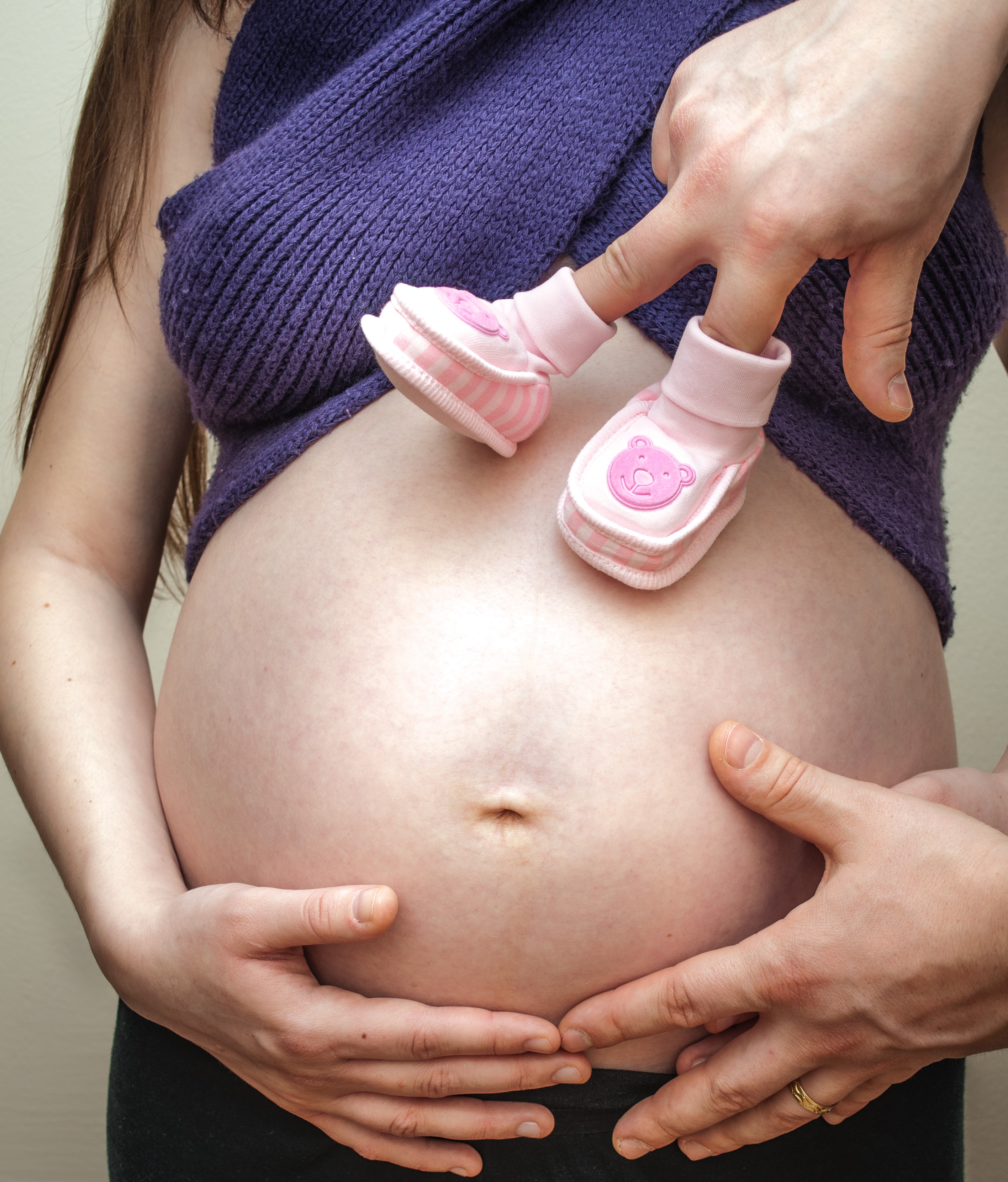




.jpg)
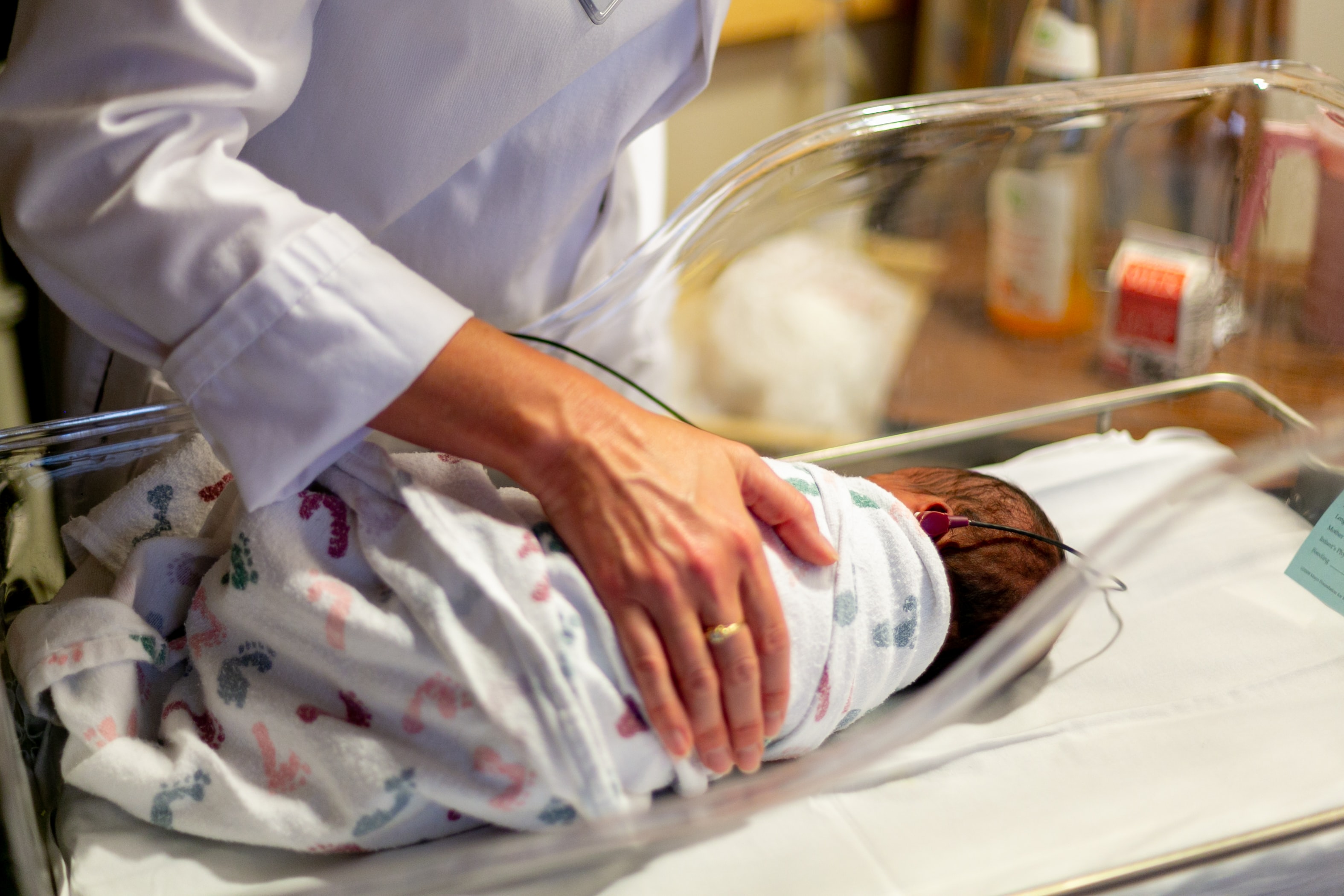
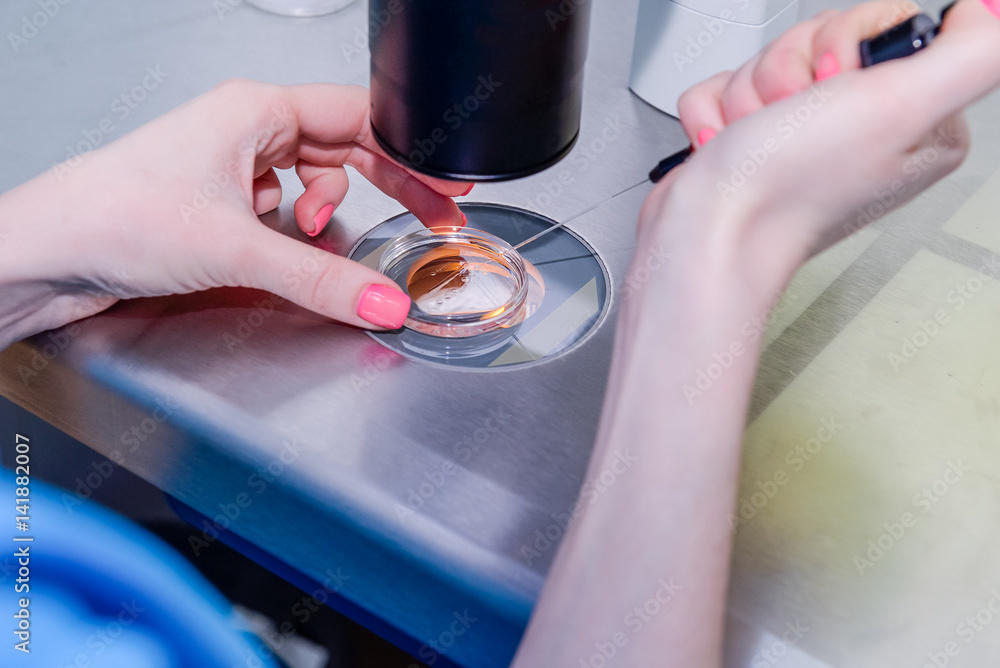
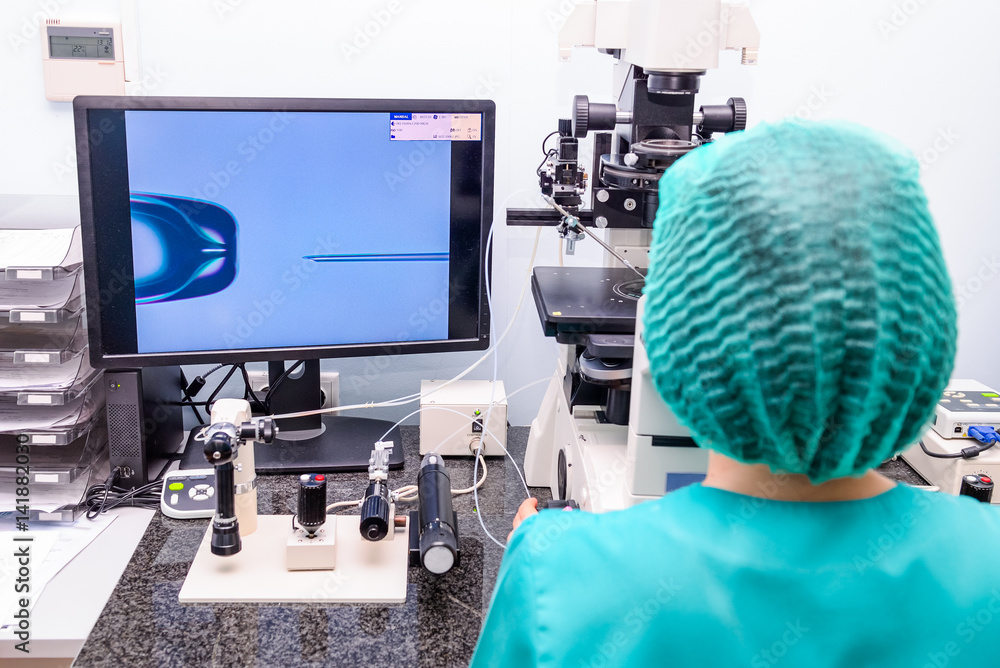


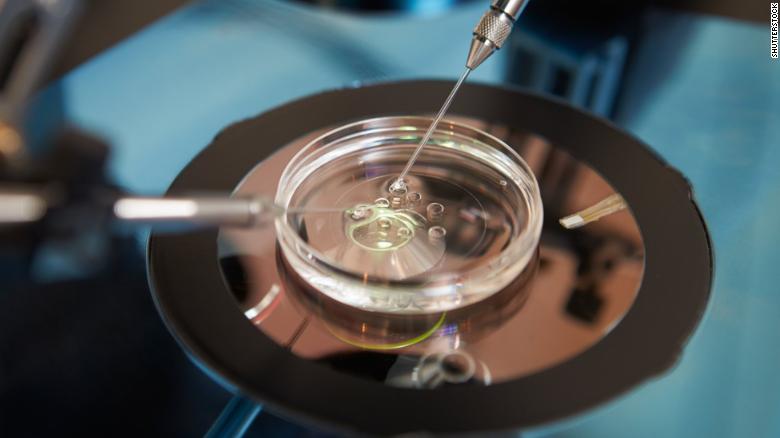
.jpg)

